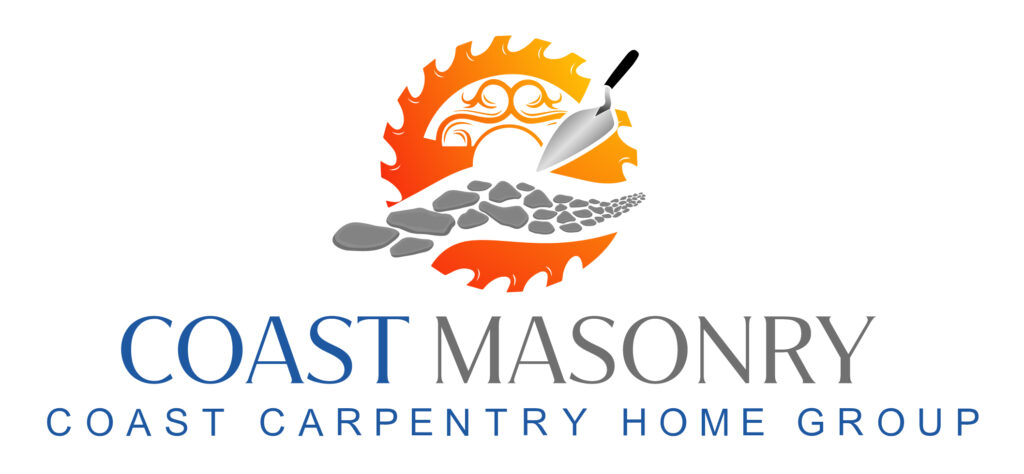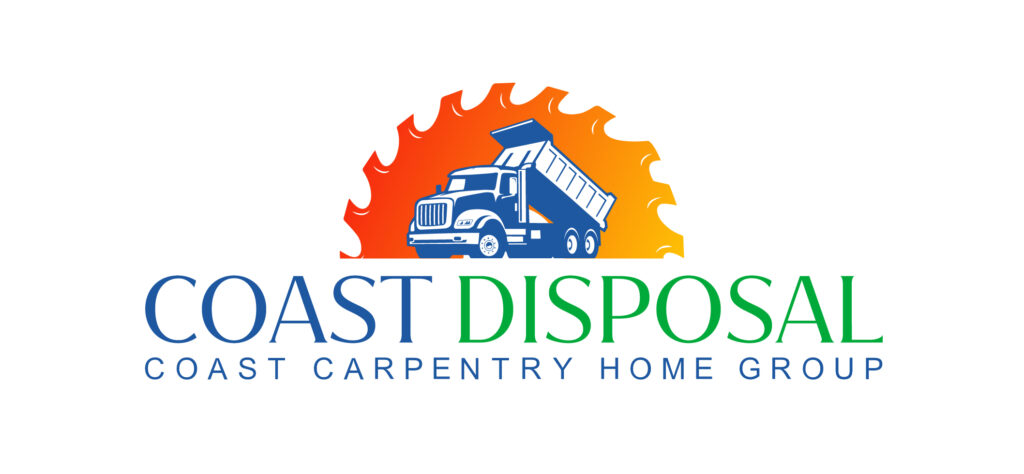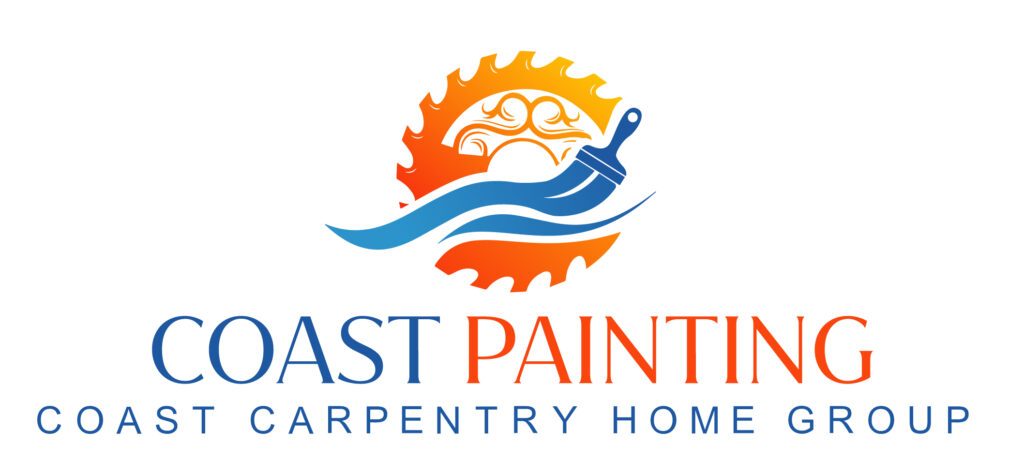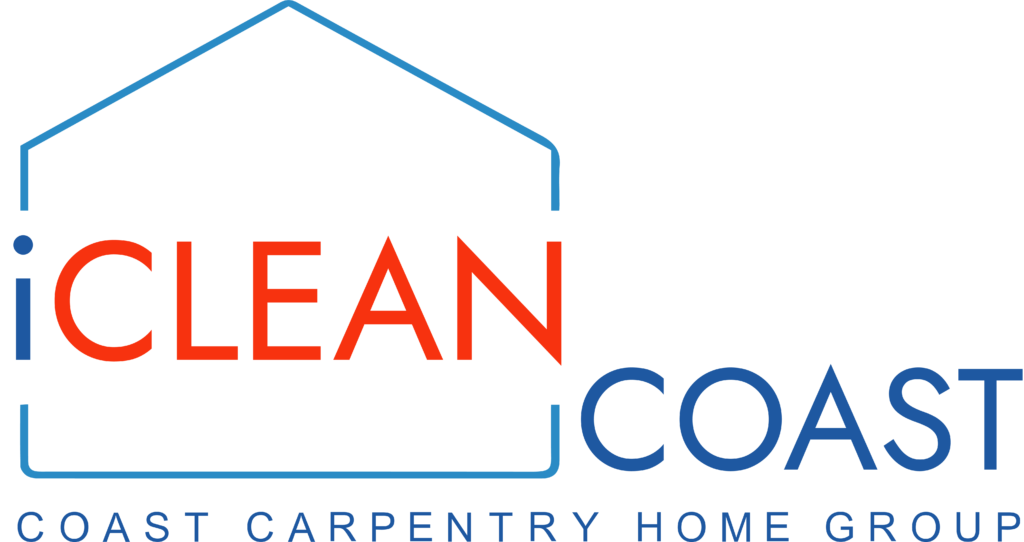Taking care of your home’s roof is vital to its integrity and longevity. Though rooftops are crucial for protection against the weather, working on them can be risky for homeowners without proper precautions. Understanding the potential dangers lurking on the roof ensures your safety and prevents unnecessary accidents.
Safety should always come first when dealing with roofs. Equipping yourself with the right information and tools is crucial. From being aware of rooftop hazards to choosing the right weather conditions for any necessary work, every step you take can significantly enhance safety. This approach not only protects you but also preserves your home’s most exposed surface.
While some maintenance tasks might seem doable, hiring a professional is always the best choice for complex or risky jobs. Pros have the skills and equipment to handle roof repairs and maintenance efficiently, ensuring both safety and quality results. Before making any move on your roof, consider these safety tips designed to keep you and your home safe.
Understanding Rooftop Hazards
Navigating rooftop work involves recognizing and mitigating various risks. Common hazards include slips, trips, and falls, which can lead to severe injury. Uneven surfaces, loose shingles, and debris can all contribute to losing your footing. Slippery conditions when it rains or when there is dew on the roof increase the dangers.
Identifying potential dangers before starting any work is crucial. Begin by inspecting the roof from ground level, using binoculars if necessary, to spot visible damage or loose materials. Inside your home, look for signs of water damage or sagging, which might indicate structural issues. Use ladders safely by ensuring they are on stable ground and properly secured. Be cautious of overhead power lines and ensure they are not near your workspace.
Preparation is key. Make sure all equipment and materials are within easy reach to prevent reaching out and losing balance. Clearing the roof of debris beforehand lowers the risk of tripping. Understanding these hazards and addressing them early increases your safety and reduces the chances of accidents.
Essential Safety Equipment
Having the right safety gear protects you when working on roofs. Essential equipment includes a safety harness, non-slip footwear, and a stable ladder. A safety harness is a must-have, particularly when working on steep or high roofs. It helps protect you from falling and should be properly anchored to a stable point on the roof.
Non-slip shoes with good traction prevent slips and provide stability. Ensure that footwear is in good condition without any worn-out soles. The ladder is another critical component. It should be sturdy, extend three feet beyond the roof’s edge, and be placed at a safe angle for climbing and descending.
Headgear, such as a hard hat, guards against head injuries from falling debris. Safety glasses also protect your eyes from dust and other materials during work. Gloves offer both grip and protection for your hands against sharp objects or rough surfaces.
This protective gear minimizes risk and promotes safety, creating a safer environment for you as a homeowner. Ensuring you have and use the right equipment when on a roof significantly enhances your safety, helping you work more effectively without stressing about accidents.
Weather Considerations
Weather plays a crucial role in ensuring rooftop safety. Adverse conditions can make surfaces slippery, increase wind pressure, or reduce visibility, making it unsafe to perform any work. Wet or icy surfaces pose significant slip hazards, while strong winds can destabilize equipment and workers. It’s essential to avoid these conditions to maintain safety.
To plan safe rooftop activities, keep an eye on local weather forecasts. Ideal days for rooftop work are dry, clear, and calm. Schedule maintenance or repairs when there’s no rain or strong wind expected. Early mornings or late afternoons generally offer cooler temperatures, which can be more comfortable and safer for working.
Set weather alerts on your smartphone or home assistant to ensure you’re prepared for sudden changes. Prioritize flexible planning, so you can reschedule work easily if the weather turns unfavorable. By remaining vigilant about conditions, you keep safety at the forefront and avoid unnecessary risks.
Hiring Professionals for Roof Work
Working on a roof can be challenging and risky for those without proper expertise. Consulting roofing professionals is critical for tasks that are complex or beyond basic maintenance. Roofers have the experience and specialized skills to tackle repairs, replacements, and inspections efficiently. They also have access to professional-grade tools and safety equipment, ensuring tasks are done safely and effectively.
Professional roofers can identify underlying issues you might overlook, ensuring any problem is thoroughly addressed. They can also advise on the best materials and techniques for your specific roof type, enhancing both durability and appearance.
Relying on professionals also means you benefit from their compliance with safety standards and local building codes. This reduces the risk of future issues and extends the lifespan of your roof. By choosing expert services, you’re investing in the safety and quality of your home.
Conclusion
Caring for your roof requires a thoughtful approach to safety and maintenance. Understanding the risks, using appropriate safety equipment, and considering weather conditions are vital steps in making rooftop tasks safer. However, the best way to ensure roof work is done correctly and safely is by hiring professionals. They bring the expertise and resources needed to maintain your roof’s health.
Coast Carpentry Construction is ready to help with all your roofing needs. With our skilled team of roofing contractors in Cape Cod, you’ll receive top-quality service and advice tailored to your home. Contact us today to ensure your roof is safe and sound, bringing peace of mind to your household.







